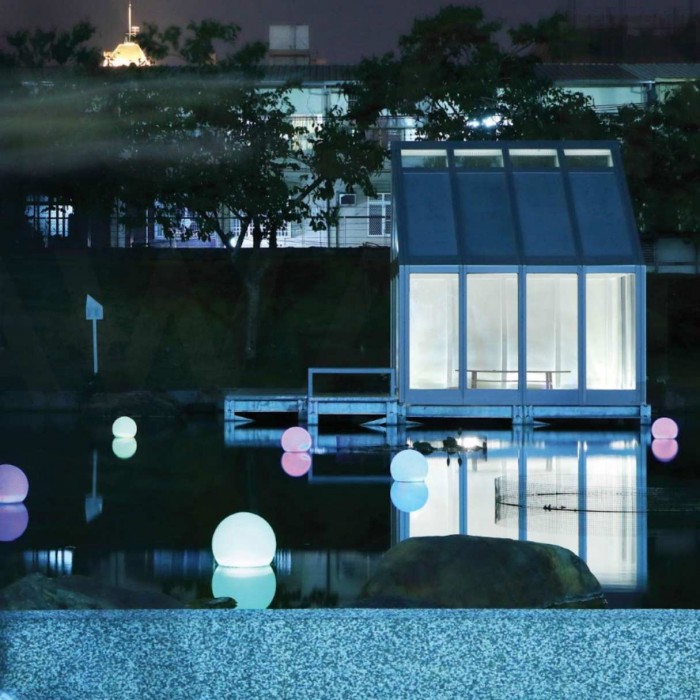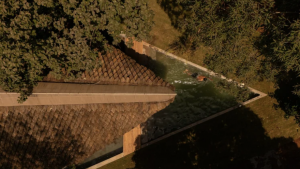Similar to the double-paned insulated window, a new concept developed by British startup Water-Filled Glass sees two windowpanes filled with a thin layer of water that absorbs heat from sunlight. The heated water can then be pumped throughout the house to warm it.
Water-Filled Glass is a startup founded in 2020 by Loughborough University architecture lecturer Matyas Gutai and his colleagues Daniel Schinagl and Abolfazl Ganji Kheybari. Gutai, who has previously worked for Japanese architect Shigeru Ban and in architect Kengo Kuma’s research lab at the University of Tokyo, wanted to make glass windows a more efficient and sustainable product.
Conventional windows allow heat to escape during cold weather, increasing energy costs as households try to retain warmth. The opposite applies in summer, when they allow sunlight to stream into rooms, but this has the same effect on electricity costs, as occupants try to cool their homes. Water-Filled Glass believes that adding a thin membrane of water between two layers of glass could reduce these costs and help regulate the temperature of homes.
The water captures warmth leaving the home during winter, and absorbs thermal energy from the sunshine in summer. Once the water reaches a high enough temperature, it is pumped through pipes into a storage tank, and then through sealed pipes at low pressure to colder areas of the building. The sunlight-heated water can be used to supply taps, although cooler water may also be pumped through the pipes during warmer months to cool the home.
Although power is required to pump the water to and from the windows, the Water-Filled Glass team believes that the consumption is significantly less than that required to run heating systems and airconditioners. Based on computer simulations, it is estimated that the concept would use up to 72% less energy than buildings equipped with traditional heating systems.
Two prototype pavilions, dubbed Water House 1.0 and Water House 2.0, have recently been built using the new technology at Taiwan’s Feng Chia University, where the startup will continue to test its patented concept.
Read more
Photograph: Water-Filled Glass.






